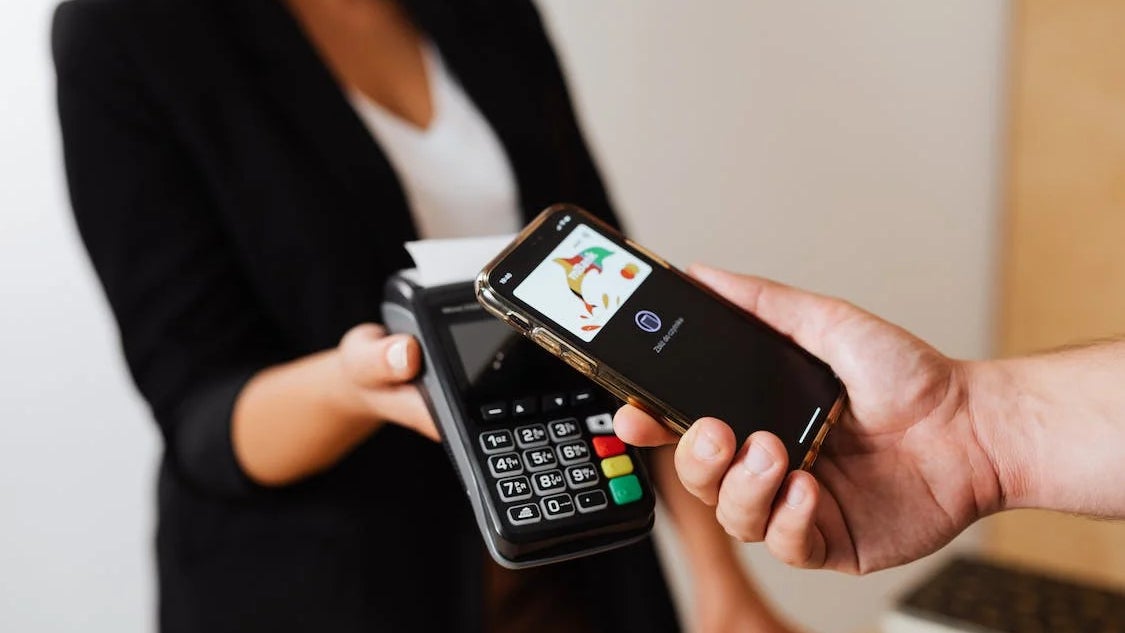NFC to get better range and wireless charging capabilities by 2028

Nobody knows what 2028 will hold, but if everything goes as planned for the people behind the Near Field Communication (NFC) technology, it could bring us a truly contactless NFC experience. The plans are for the current 5mm (0.2 in) transmission range to get turbocharged by up to six times (up to 30mm, or 1.2 in) and for the power capacity to increase from 1W to 3W (via Android Central).
The NFC Forum (the conglomerate behind NFC) is to officially introduce the public to its plans for the next five years at a webinar called Technology Roadmap. You can register for the webinar here. Five key points are the fundamentals of the Roadmap plan through 2028:
All of the announced updates are in different development stages: some are still in research, some are already in the process of specification drafting. Plans are the current NFC wireless charging capability to increase three times from 1W to 3W, thus bringing wireless power and options to successfully charge new and smaller devices.
Wireless charging has been around for years now. The Qi standard (an interface standard for wireless power transfer using inductive charging), is already well-established among all major manufacturers, provides robust transmission of power – its large antenna (with dimensions of 10 cm² or 1.55 sq. in) allows devices like smartphones and tablets to be charged.
In the field of wireless charging, NFC offers something quite different. The NFC antennas are ten times smaller than Qi’s, which is not to be disregarded since we’re talking about mobile devices: free space is never enough! The downsizing comes with its own limitations, though. It cuts down on power capabilities, making it suitable for tinier, less power-demanding devices. For example, NFC would be suitable for charging fitness trackers, earbuds, watches and other wearables and IoT gadgets.
No less remarkable is the NFC Forum’s intention to up the transmission distance six times from the current 5mm to a remarkable (and truly contactless) 30mm. The greater range would also improve the user experience by decreasing the need for precise antenna alignment when using NFC.
As far as the other three key points go, they are aimed at enabling features like point-to-point receipt delivery, loyalty identification, supporting several actions with a single tap (Multiple Purpose Tap), Point-of-Sale functionality for NFC-enabled smartphones, a great technology that allows merchants to accept card payments directly on their phone (Modernizing Device-to-Device Communication), as well as enabling NFC to share data on the subject of its composition and the ways a product can be recycled (Expanded Data Formats).
- Increased Power for NFC Wireless Charging
- Multiple-Purpose Tap
- Increasing Range
- Modernizing Device-to-Device Communication
- Expanded Data Formats for New Use Cases
NFC gets turbocharged
All of the announced updates are in different development stages: some are still in research, some are already in the process of specification drafting. Plans are the current NFC wireless charging capability to increase three times from 1W to 3W, thus bringing wireless power and options to successfully charge new and smaller devices.
In the field of wireless charging, NFC offers something quite different. The NFC antennas are ten times smaller than Qi’s, which is not to be disregarded since we’re talking about mobile devices: free space is never enough! The downsizing comes with its own limitations, though. It cuts down on power capabilities, making it suitable for tinier, less power-demanding devices. For example, NFC would be suitable for charging fitness trackers, earbuds, watches and other wearables and IoT gadgets.
In early May of 2020, the NFC Forum adopted the Wireless Charging Specification (WLC) that made it possible to wirelessly charge small devices with a smartphone or other NFC charging device at a power transfer rate of up to 1 Watt. Here we are, some three years later with the association promising three times the power in 2028.
NFC aims higher, shoots further
No less remarkable is the NFC Forum’s intention to up the transmission distance six times from the current 5mm to a remarkable (and truly contactless) 30mm. The greater range would also improve the user experience by decreasing the need for precise antenna alignment when using NFC.
From loyalty identification to recycling
As far as the other three key points go, they are aimed at enabling features like point-to-point receipt delivery, loyalty identification, supporting several actions with a single tap (Multiple Purpose Tap), Point-of-Sale functionality for NFC-enabled smartphones, a great technology that allows merchants to accept card payments directly on their phone (Modernizing Device-to-Device Communication), as well as enabling NFC to share data on the subject of its composition and the ways a product can be recycled (Expanded Data Formats).
Follow us on Google News














Things that are NOT allowed:
To help keep our community safe and free from spam, we apply temporary limits to newly created accounts: